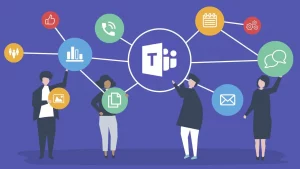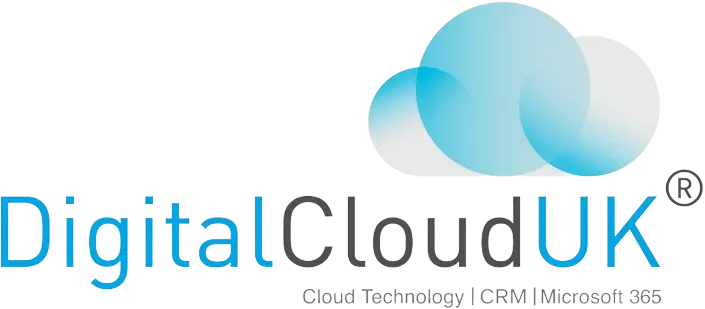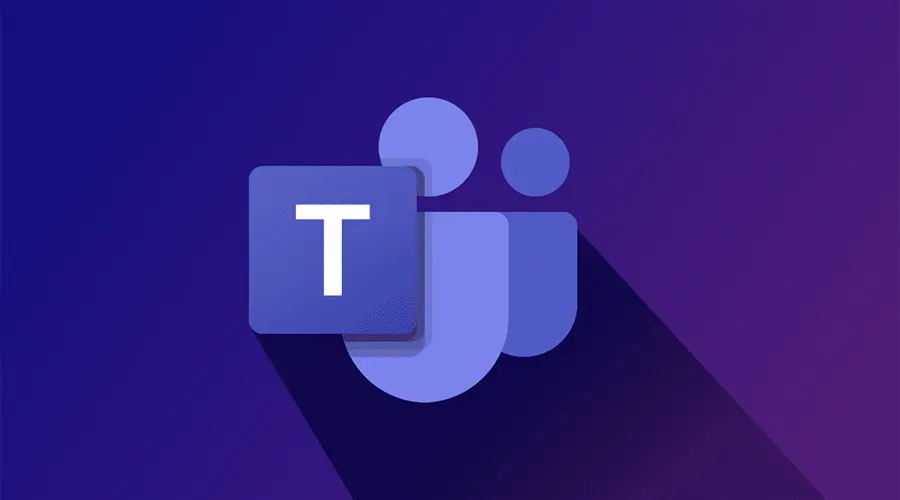Following a period of accelerated adoption of collaboration technologies, organisations are looking to consolidate these scattered capabilities onto a single platform to reduce costs, improve the flow of work, and drive better outcomes. Microsoft Teams provides a versatile, feature-rich integration platform for enterprises to streamline workflows, digitise and automate processes, and connect and empower employees across departments and locations, which strengthens strategic alignment, engagement, and productivity.
Collaboration tools are critical business enablers, but many organisations now find themselves with multiple duplicative internal solutions. This proliferation comes at the cost of both money and work fragmentation. During an economically fraught time when organisations must do more with less while finding meaningful ways to engage and empower employees across a broad array of hybrid workplace environments, the value of consolidating collaboration tools to a common collaboration and communication platform becomes more evident not only to reduce expenditure, but also to enable efficient information and knowledge sharing and quicker collaboration with stakeholders, and — most importantly — to streamline completion of routine tasks aided by automation.
Using Microsoft Teams, organisations acquire a ready-built, robust hub for workplace and remote communication, collaboration, and engagement that empowers employees to stay connected and productive regardless of whether they work at home or in the office. Now employees can quickly and easily switch from a chat to a voice or video call, or a team meeting, all from one platform. New experiences like those provided by Microsoft Teams Rooms help organisations create more productive and equitable spaces out of traditional office conference rooms. In addition, developers and users can leverage the native platform capabilities of Microsoft Teams to integrate custom solutions and traditional full-code and low-code technology to more efficiently create apps, automate processes, and foster data-driven cultures.

To better understand the benefits, costs, and risks associated with this investment, Forrester interviewed five representatives with experience using Teams. For the purposes of this study, Forrester aggregated the interviewees’ experiences and combined the results into a single composite organisation that is a global company with 80,000 employees and annual revenues of $18 billion. The composite provides goods and services to millions of customers around the world, and it maintains a hybrid work environment for its 16,000 office and knowledge workers who sometimes work at a handful of central, regional offices. The organisation also operates 240 customer-facing locations that are staffed by 56,000 frontline employees, and most have direct and frequent contact with customers. These employees are managed by 8,000 frontline supervisors who work alongside them.
The interviewees uniformly noted that prior to leveraging Microsoft Teams as a platform, their organisations struggled with the time and expense of managing multiple, disconnected platforms to share information and knowledge and to communicate and collaborate. Without a unified collaboration environment on which to work, employees were forced to constantly switch between applications and platforms, which led to lost time and momentum.

